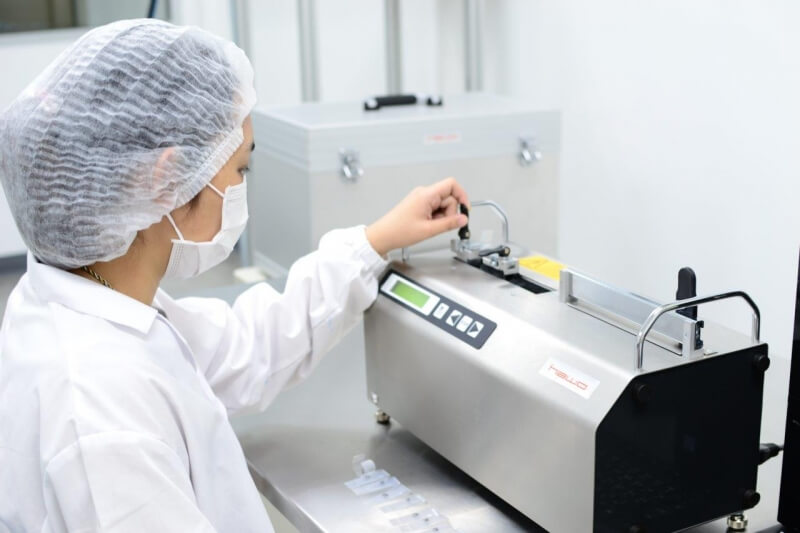

The scope of ASTM F1980 includes the procedure for developing accelerated aging protocols to quickly identify the effects of time on the sterile integrity of the sterile barrier system (SBS). The test will also examine the physical properties of component packaging materials.

The protocol is useful for setting and defending expiration dates. The test only refers to the time spent in the sterility of an SBS, and cannot be used when evaluating factors such as environmental difficulty, distribution, handling, or shipping. While this protocol is extremely useful and a good indicator of the real-life effects of aging on an SBS, real-time aging studies are essential to confirm the results of ASTM F1980.
Often, a sterile barrier system has an expiration date because sterility can no longer be guaranteed. Over time, adhesive materials or adhesive bonds that maintain sterility begin to deteriorate and the packaging becomes compromised. Again, the accelerated aging process used to perform the test is still a simulation. A real-time test should be performed to confirm the results. However, this test can be useful for quickly marketing a product with a long shelf life.
Before testing, it is important to understand some of the unique terms associated with this protocol. The most relevant terms include:
Accelerated Aging (AA) - Storing samples at high temperature to simulate real-time aging in less time
Accelerated Aging Factor (AAF) - estimated or calculated rate of time to achieve the same physical change as in real-time conditions
Accelerated Aging Temperature - The high temperature at which the aging test is carried out can be determined by the real life storage temperature, the estimated use temperature, or both.
Ambient temperature - storage temperature for real-time aging samples
Sterile Barrier System Shelf Life - Expected time for SBS to remain in the storage at ambient temperature and maintain its sterility
To start the test, the laboratory will take the appropriate number of samples from the Sterile Barrier Systems. The laboratory is equipped with a sufficiently large room (or cabinet) to expose the test sample to the air circulating separately at the desired temperature and humidity. The room should also have a controller, hygrometer and thermometer.
Samples are tested according to the theory that the chemical reactions involved in the degradation of materials follow the Arrhenius reaction rate function. This reaction rate can be used to increase temperature and reduce aging time.
After testing, SBS will be evaluated for both physical properties and integrity. In some cases, post-aging package testing can be performed to evaluate the performance of the old packaging system during simulated distribution, handling, and storage.
At the end of the test, the laboratory will write a comprehensive report according to the guidelines in ASTM F1980.
To get an appointment, to get more detailed information or to request an evaluation, you can ask us to fill in our form and reach you.